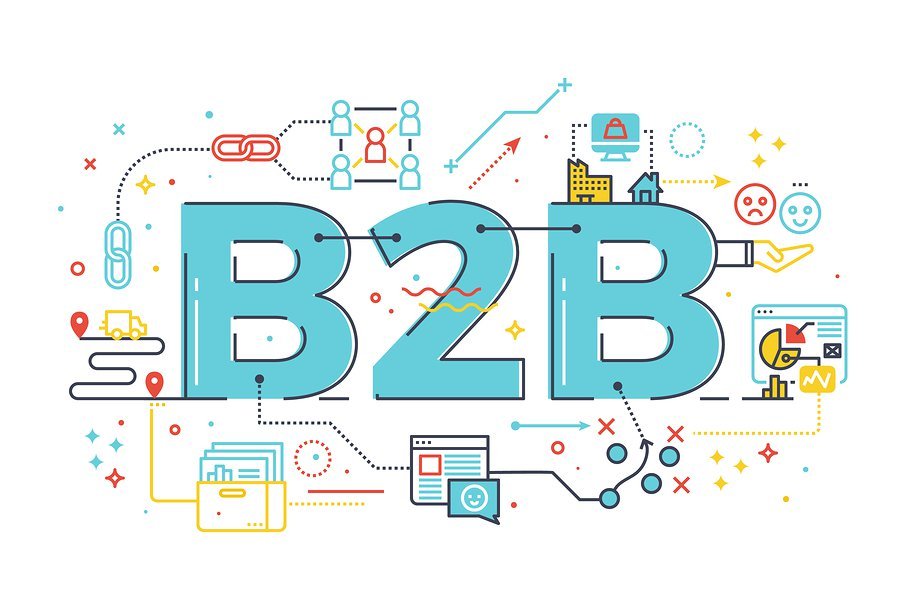From Presidents’ Day furniture sales to tech deals on July 4th — and all the mattress sales in between — holiday marketing is a hallmark of consumer brand strategy in the U.S. And while B2C brands are quick to build events around holidays, for B2B brands, holiday marketing can feel forced.
Yet, jumping on a newsworthy occasion can add timeliness for B2B tech and other high-growth categories. It can also reinforce a brand message by tying it to a larger existing narrative. But there’s a catch. It needs to be the right holiday for the event and the brand. So how can a brand representative go about building a B2B event around a remembrance or holiday?
Review your brand narrative
Yes, aligning B2B events with holidays can benefit a brand. But, if you’re looking at an existing holiday or observance and thinking, “We should do an event for [insert popular holiday or splashy observance],” you’re likely approaching it the wrong way.
Brands should be selective about which holidays they celebrate. If a brand’s messaging doesn’t align with the spirit of a given occasion, then using that holiday in marketing can be seen as performative.
When looking for the right holiday or observance on which to build a B2B event, review the brand narrative and consider what message is desirable. For example, if the brand is focused on improving cyber security, you may want to look for an established day or month that aligns with that theme, like Cyber Security Awareness Month in October. Other times it’s more challenging, but thankfully there are plenty of occasions to choose from.
Choose a relevant holiday or occasion
Not every holiday works for B2B events. As Sasha Dookhoo shared in a recent post about developing PR campaigns around holidays, “One of the most common mistakes PR professionals make during holiday campaigns is failing to align brand messaging with the holiday theme. It’s essential to understand that holidays evoke specific emotions, values, and traditions.”
It’s not that B2B brands can’t create events around religious holidays or commemorative events, but it can be challenging to align a brand narrative with the emotions, values, and traditions of these events in a way that feels authentic. However, many Hallmark holidays, “fake holidays” (those invented by brands), celebrations and observances created by organizations, and other invented holidays can fit seamlessly with a brand story.
Invented holidays are numerous, but here are a few examples, along with dates and related organizations:
Equal Pay Day (National Committee on Equal Pay; date varies)
Prime Day (Amazon; July 11/12)
Cybersecurity Awareness Month (National Cyber Security Alliance; October)
World Television Day (The United Nations; November 21)
Small Business Saturday (American Express; Saturday after Thanksgiving)
Cyber Monday (National Retail Federation; Monday after Thanksgiving)
(Looking for more? Check out this post from Ron Stein about annual events and holidays B2B brands can leverage.)
As with any occasion-based marketing campaign, it’s important for brand representatives to understand the origin of the invented holiday they plan to leverage. Some might be tied closely to a brand, whereas a trade association or government entity may sponsor others.
Put your own stamp on the day
What does it look like to build a B2B event around an invented holiday? Our team has successfully put this strategy into practice. One example included an event for event software company Bizzabo.
Bizzabo equips event managers with the tools to do their job effectively and efficiently. A relevant topic trending among event and conference managers is diversity at business conference speaking panels. When Bizzabo learned that nearly two-thirds of all business event speakers on conference panels are male, sometimes pejoratively called “manels,” it decided to host an all-female event on International Women’s Day.
An all-female speakers’ conference can happen any time of year and might not have attracted much attention. However, the team was able to differentiate the event and add an element of timeliness by connecting it to an established day that continues to generate interest year-over-year.
In summary, B2B tech and other high-growth companies can leverage invented holidays to add timeliness to an event and tie their brand message to a larger, more elevated narrative. So while it may make sense to leave Presidents’ Day to the mattress companies, B2B brand leaders shouldn’t sleep on holiday marketing.









